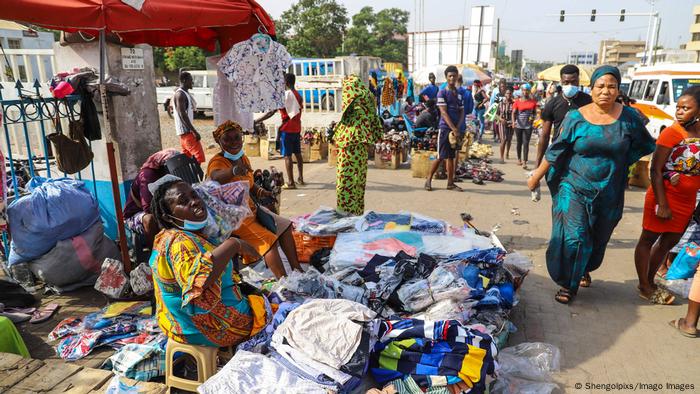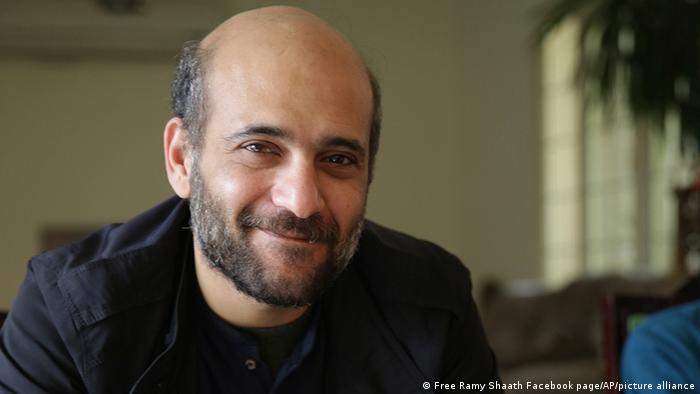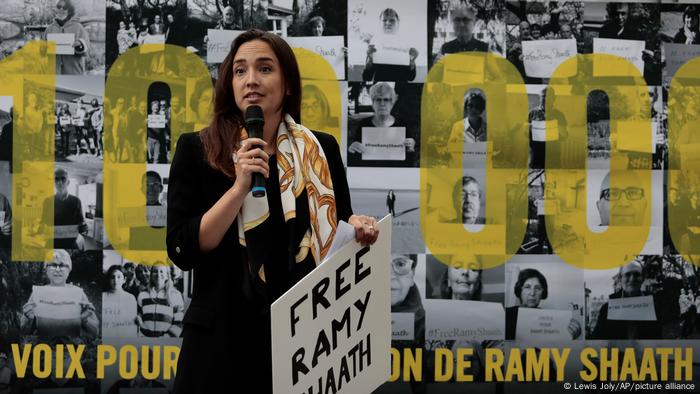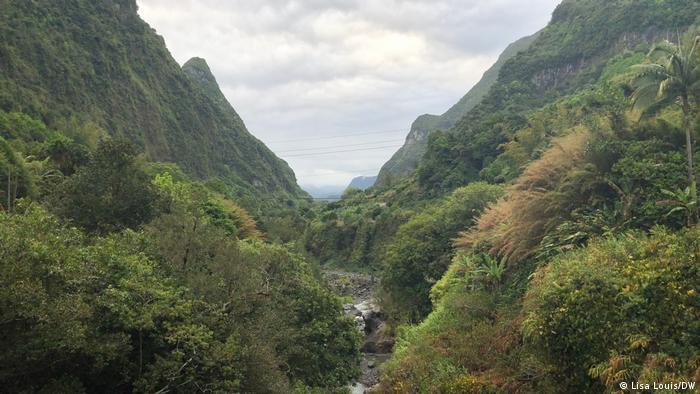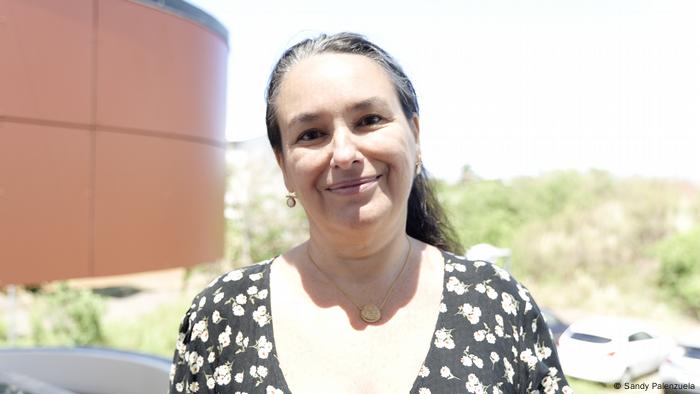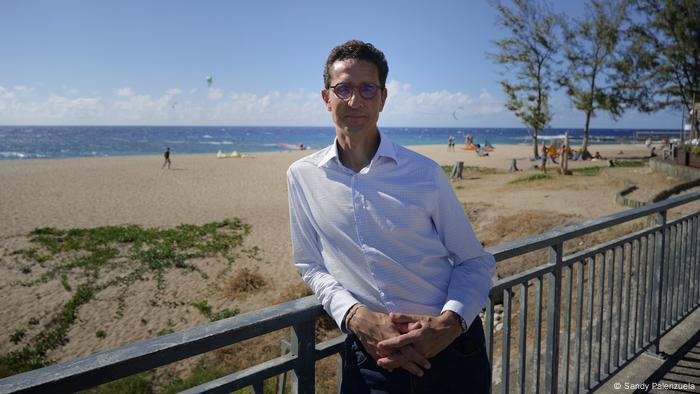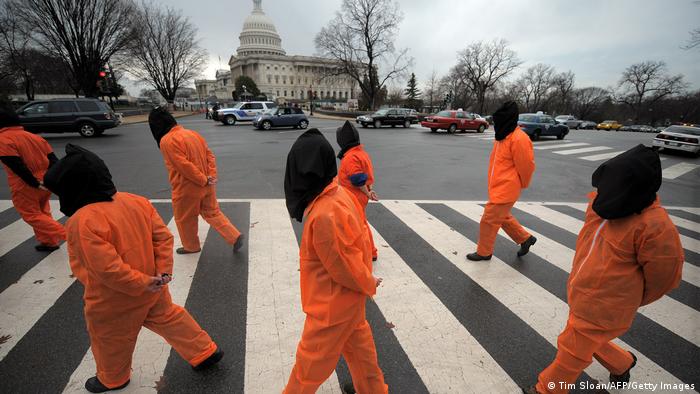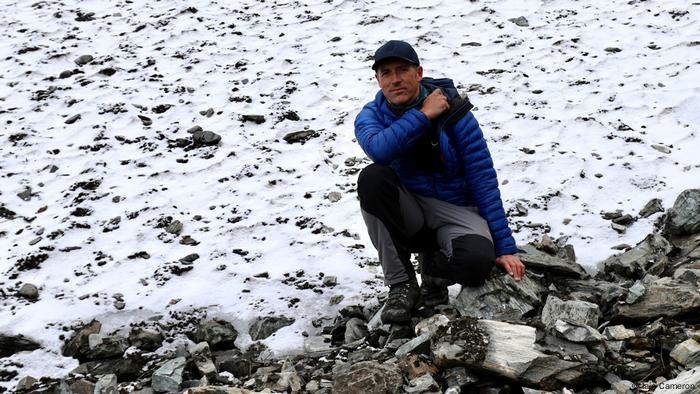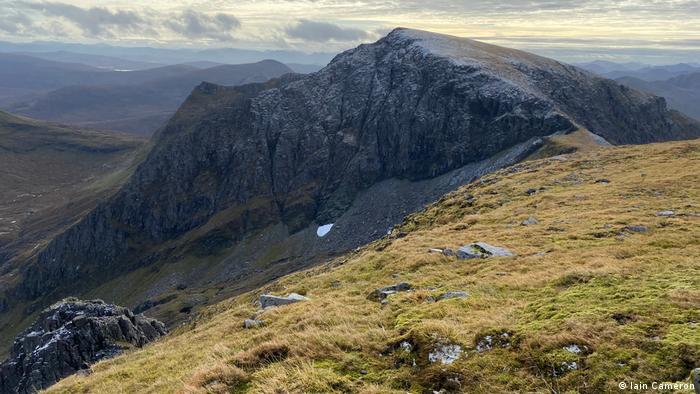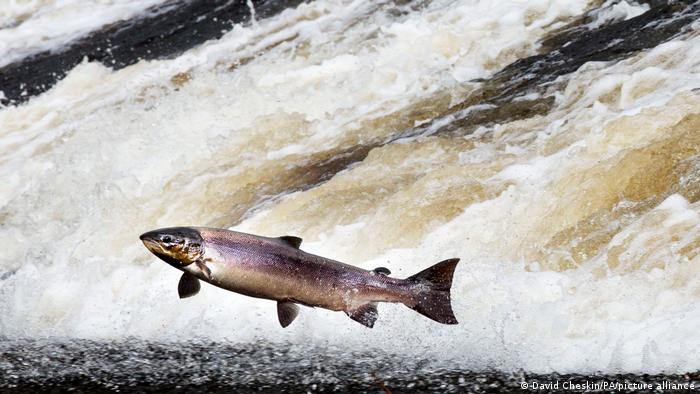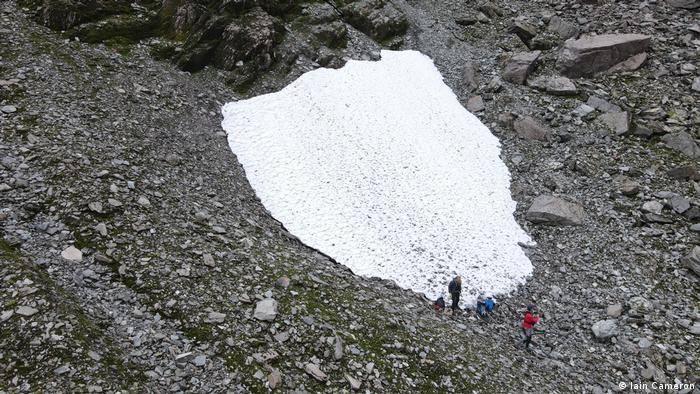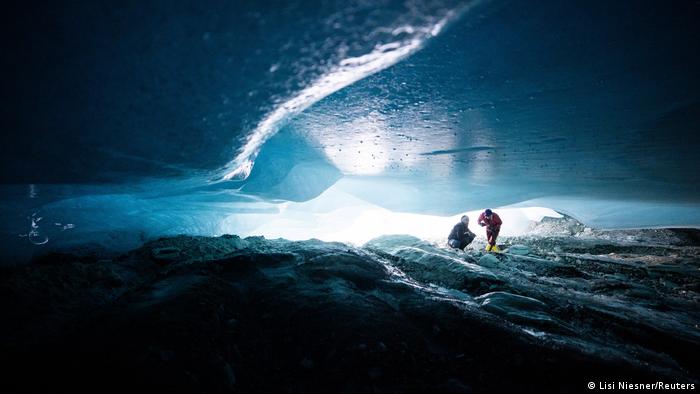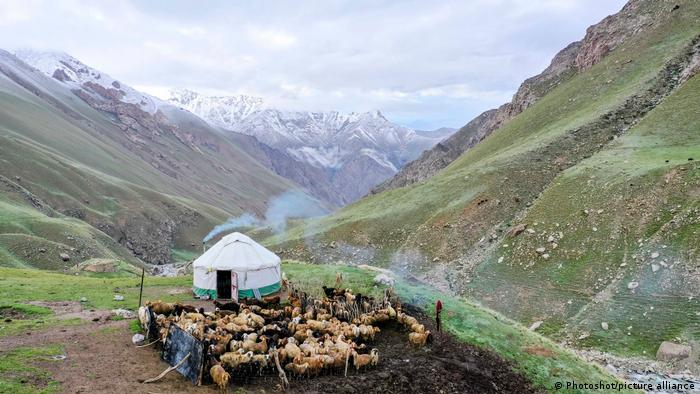Each week, Ghana receives 15 million items of used clothing sent from the West. But 40% of the products get discarded due to poor quality. They end up at landfills and in bodies of water, polluting entire ecosystems.

In Accra, in a sea of trash, many look for discarded treasures from abroad
The Kantamanto market in Ghana's capital Accra is West Africa's hub for used clothing from the West. Here, traders hastily sort through piles of clothes daily in order to grab the best bargain. But often, there are more rags than riches.
"We didn't get any good clothing at all," a trader told DW after one of these hurried routines.
Recently, the deliveries from the West have increasingly been focused on so-called fast fashion items. These clothes usually wear out after only a few weeks. To some traders, it is actually an imposition to sift through them.
"The goods that are coming now are really affecting our business," another trader said, stressing that such cheap items cannot be resold in the local market.
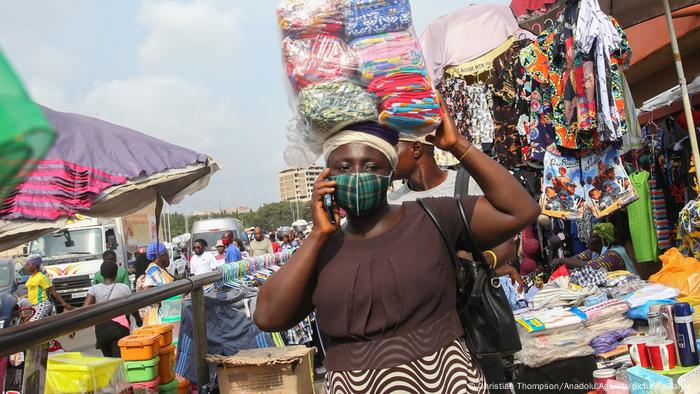
Scavenging for quality clothes donated from the West is part of the local economy in Accra
Environmental catastrophe in the making
While most of these secondhand clothes are typically donated with good intentions from industrialized countries, many have now become an environmental hazard in Ghana and beyond.
The OR Foundation, an NGO from the United States, estimates that about 15 million individual items of used clothing now arrive in Ghana weekly, while 40% end up discarded due to poor quality. With no use for them, the rejected items first end up at landfills and then travel further into the ocean.
Environmental activists say this is a major catastrophe in the making; groups like the Ghana Water and Sanitation Journalists Network (GWJN) are trying to raise awareness about this underreported issue.
"Because it is secondhand clothing, some of them wear out very quickly, and then they get thrown all over the place. You get to [the] refuse dump, and you find a lot of them dumped over there," Justice Adoboe, the national coordinator of the organization, told DW.
"You go even near water bodies, you realize that as rainfalls and erosion happen, [they carry] a lot of these secondhand clothing wastes towards our water bodies," Adoboe added, highlighting that because some of the items include toxic dyes, "those who drink from these bodies [of water] downstream might not be drinking just water but chemicals."
Furthermore, the discarded clothing items that are flushed into the sea later get washed back up on the country's beaches. For UN Goodwill Ambassador Roberta Annan, this is a disaster in the making for marine life:
"You can't take it out. You have to dig. It's buried. It's stuck. Some of these clothes are polyester and, I would say, synthetic fabrics that also go into the waterway and choke the fish and marine life in there," Annan told DW, as she tried to pull some of the clothing out at a beach in Accra.
but the other half provides a lifeline to many Ghanians
Finding alterative uses for waste clothing
Meanwhile. some fashion designers are looking into finding solutions to this growing problem. Elisha Ofori Bamfo focuses on upcycling discarded secondhand clothes. But even he is not happy with the quality of some of the clothes he found recently.
Bamfo told DW that it is even difficult to upcycle and recycle some of the secondhand clothes that are imported into the country these days: "Sometimes when you go to the market, there are some clothes that can't be upcycled or can't be sold," Bamfo said, adding that local authorities have to take the lead and ensure that only quality secondhand clothing items are imported.
Other African nations have indeed taken a more proactive and bold approach when it comes to the waste generated by secondhand clothing, issuing bans.
Rwanda, for example, banned secondhand clothes imports in 2018 in order to boost its own textile industry. And other nations have followed suit.
To ban or not to ban
When the coronavirus pandemic emerged in 2020, Kenya outlawed the importation of secondhand clothing to prevent the potential spread of the virus. That ban has since been lifted because of its economic impact on people's livelihoods.
Bamfo agreed that in Ghana, an absolute ban on these products would likely also impose extra economic hardship on many people dependent on them: "Thousands of people depend on secondhand clothing to survive to feed their families," he said.
Adoboe meanwhile believes that Ghana might indeed benefit from a total ban, but says that there is no political will to see such an initiative through. He believes that until political leaders start to take the impact of used clothing on the environment seriously, Ghana will continue to remain helpless in this battle against pollution.
Roberta Annan, however, is resolute in wanting a quick solution to protect not just the environment but the local fashion industry as well: "The fashion industry actually loses $500 billion (€443 billion) a year due to fashion waste," Annan said.
Ghana's government has remained silent so far on the issue, and there is no sign that it might take any action to deal with the problem of secondhand clothes and the impact they have on the local textile industry as well as environment.
Whenever authorities might want to decide to join the fight against this growing issue, it might perhaps be too late.
Edited by: Sertan Sanderson
